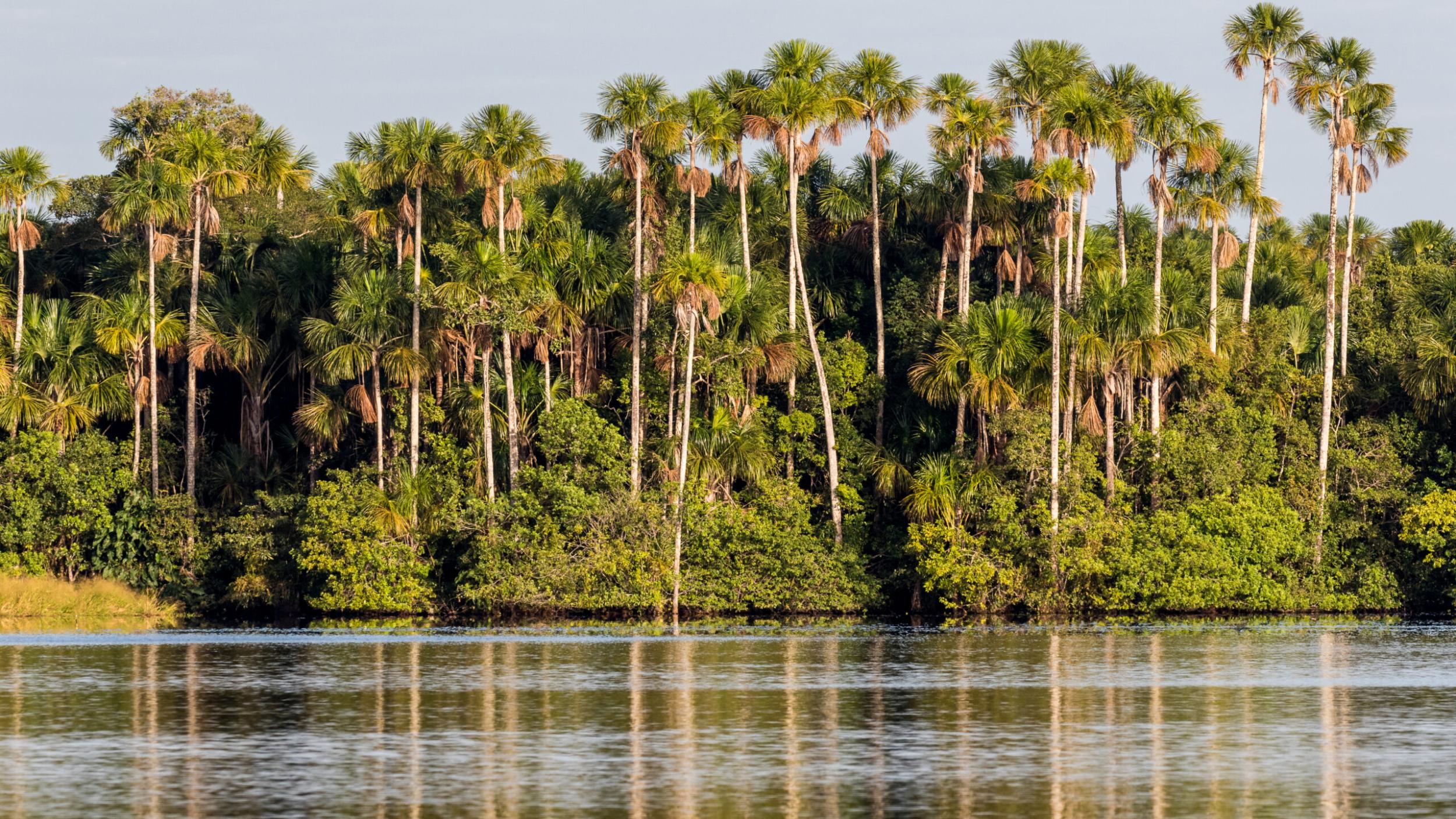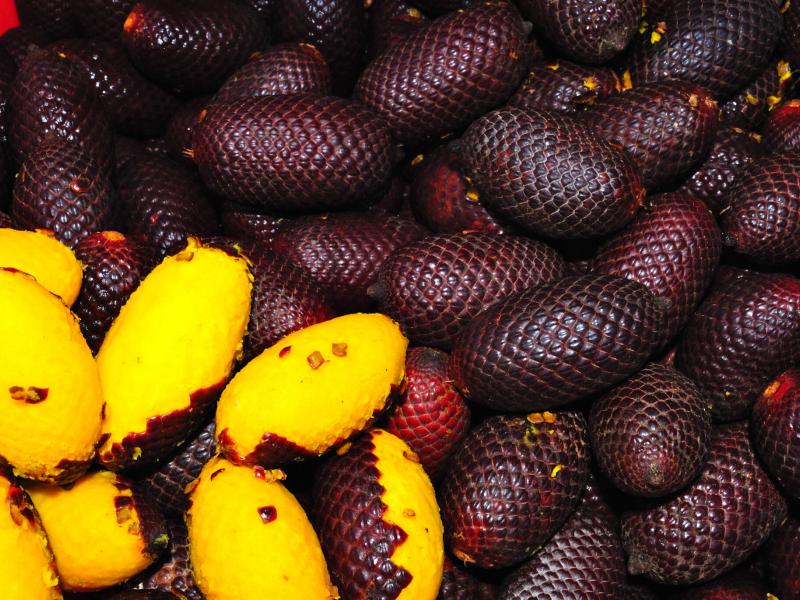
Sustainable harvesting of Aguaje fruit offers multiple benefits in Peru’s Amazonian peatlands
A team of researchers led by the Peruvian Amazon Research Institute (Instituto de Investigaciones de la Amazonia; IIAP) and Leeds University has published a new paper on the impacts of harvesting techniques on Amazonian peatlands in northeastern Peru, one of the most carbon-dense ecosystems in Amazonia.
The Mauritia Flexuosa palm, known as aguaje, is one of the predominant species in these carbon- and biodiversity-rich peatland landscapes and is of key ecological and social importance. The aguaje fruit is highly nutritious, making it a staple in the diet of local communities, as well as a wide range of forest wildlife such as monkeys, tapirs and macaws. Its nutritional value also makes it popular further afield, which makes aguaje a key source of income for local communities, who harvest it and sell it into urban markets.
Dennis del Castillo, head of the PROBOSQUES research group at IIAP, said: “This study shows that financially, over the long term, the potential value of the palm fruit ‘aguaje’ for this region of Peru is similar in value to activities such as logging and oil extraction. Sustainable palm fruit harvesting could therefore provide a real economic alternative for local people.”
However, in some places, the fruits are harvested by cutting down the fruit-bearing female trees. The felling of the female trees to harvest the fruit has led to an imbalance, with a predominance of male trees reducing yields of fruit. The researchers estimated that by switching to tree climbing to collect the fruit, the overall harvest could increase by 51%, and generate $62 million a year for the local economy.
This new study will contribute to developing sustainable harvesting and management of the aguaje palm, which will support increased fruit yields, greater income for local communities, and improved health of these crucial peatland ecosystems.

GPI partner WCS Peru is working with local communities in the Loreto region of the Peruvian Amazon to identify suitable approaches that support the protection and sustainable use of peatlands based on traditional knowledge and informed by local needs and priorities, including through the production and sale of aguaje oil for cosmetic use. Read our joint press release here.